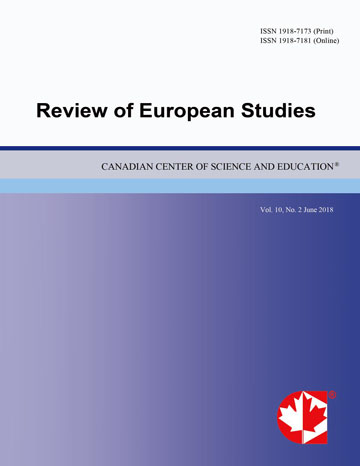Application of Grounded Theory Methodology Using CEFR in the Field of Language Testing
- Prashneel Ravisan Goundar
Abstract
The use of grounded theory methodology (GTM) is rare in the field of language testing as indicated by the literature survey. However, this study used GTM in a study on first year undergraduate students writing skills in Fiji. The study used the Common European Framework for Reference (CEFR) to evaluate student writing skills successfully at a university in Fiji. The CEFR is one of the most comprehensive frameworks for language evaluation that has been widely used by language testing organisations mostly in Western countries. This paper takes a methodological position rather than looking at empirical data from the research to engage novice users of GTM to apply it to the field of linguistics, specifically to language testing research. It provides step-by-step guide and a discussion of relevant literature that attest to the use of GTM in linguistics. The methodological contributions and the unique data set of the study will advance scholarly and social policy conversations on this topic. The study makes an original contribution to the body of knowledge on how grounded theory research methodologies can be applied to a longitudinal language testing research context. At present, language testing in higher education relies on data from conventional formative and normative assessments. Approaches such as grounded theory and longitudinal research design have rarely been used. The paper will benefit novice researchers such as Masters and PhD scholars as well as policy makers in applying the methodology to their studies.
 PDF
PDF
